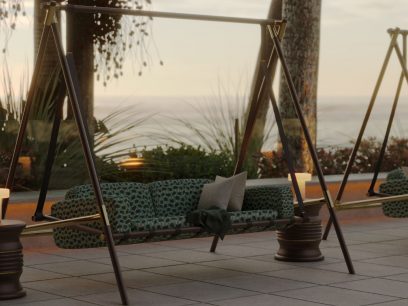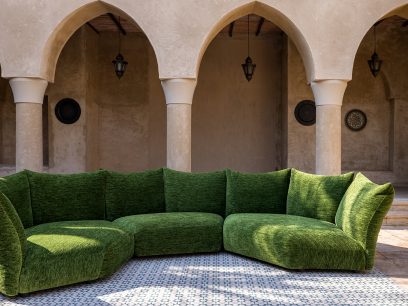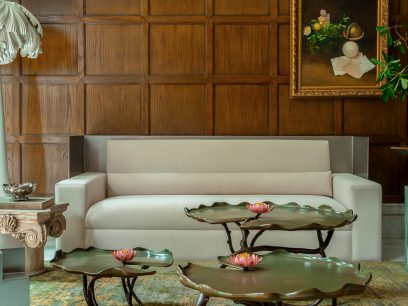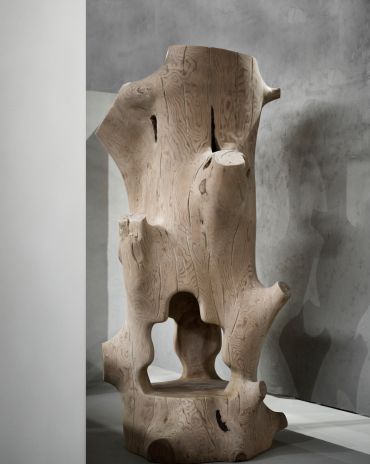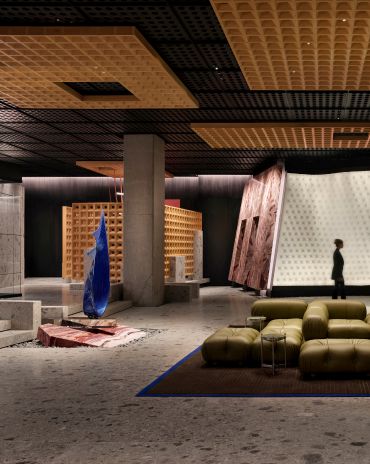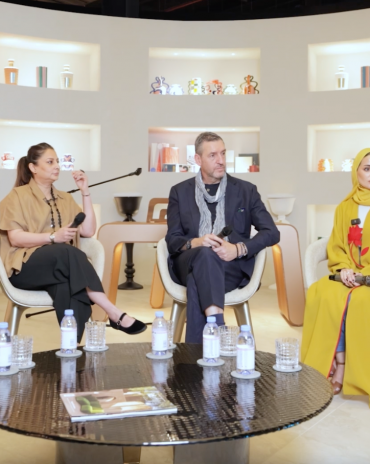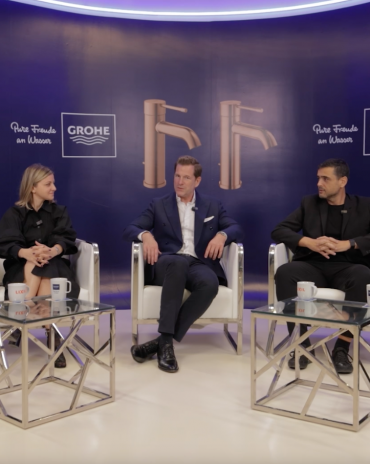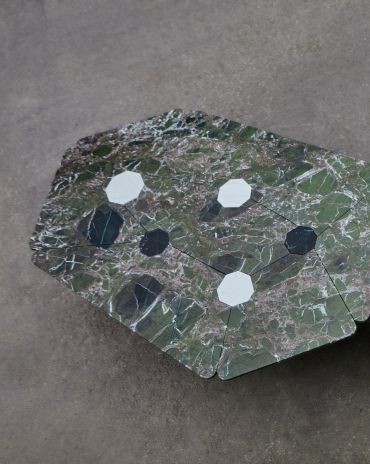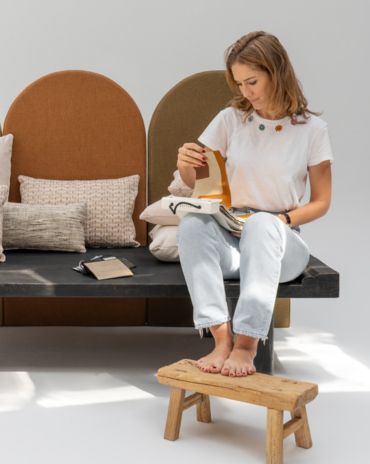Copyright © 2025 Motivate Media Group. All rights reserved.
Meet Lebanese design collective The Greatest Design Disaster
The Greatest Design Disaster is led by Gregory Gatserelia and Joy Herro
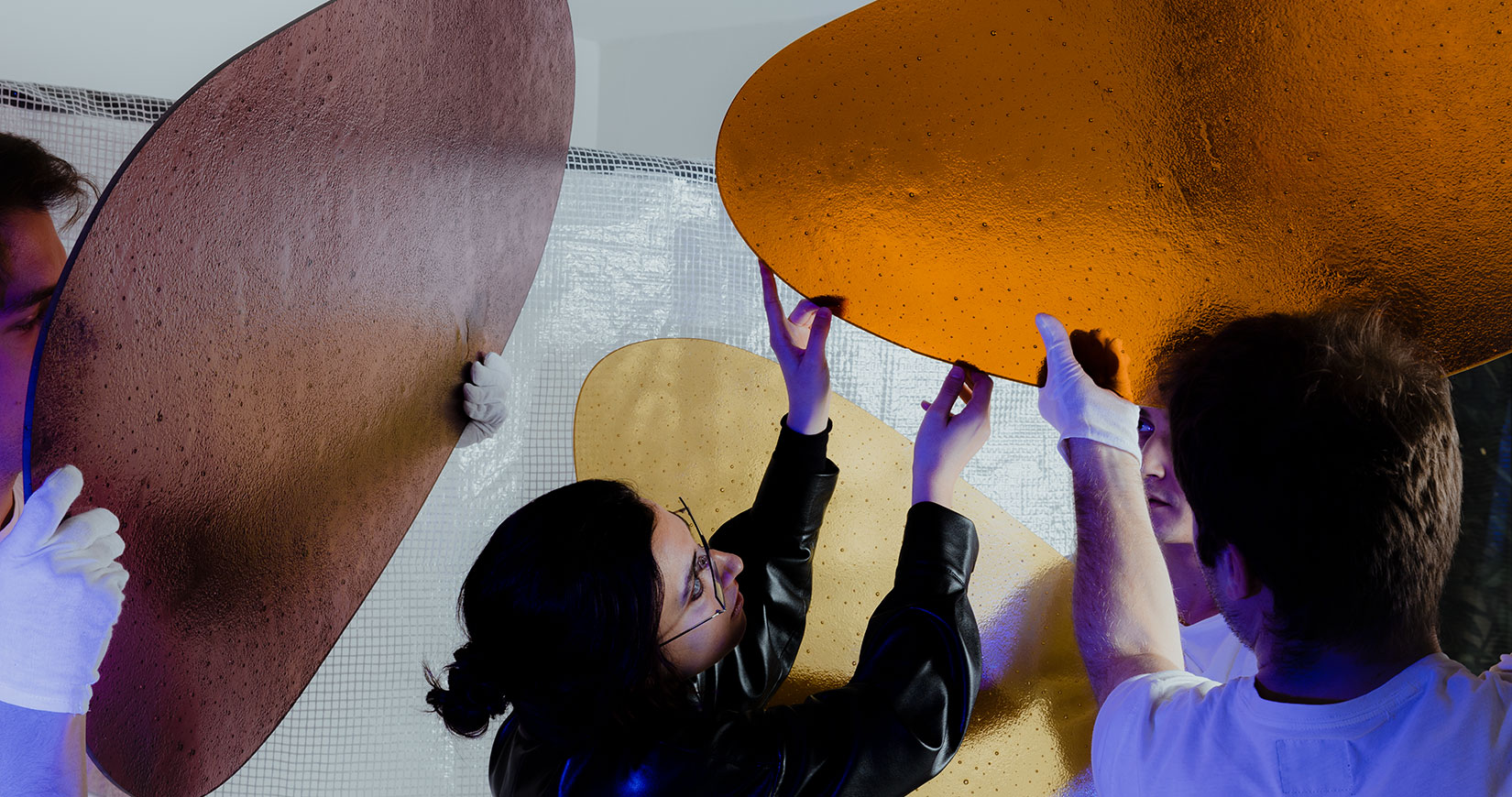
A collision of forces has given birth to a new project called The Great Design Disaster. Led by a passionate duo – interior architect Gregory Gatserelia and design enthusiast Joy Herro – its aim is nothing short of shaking up the traditional boundaries of the contemporary design market. identity catches up with Herro to learn more.
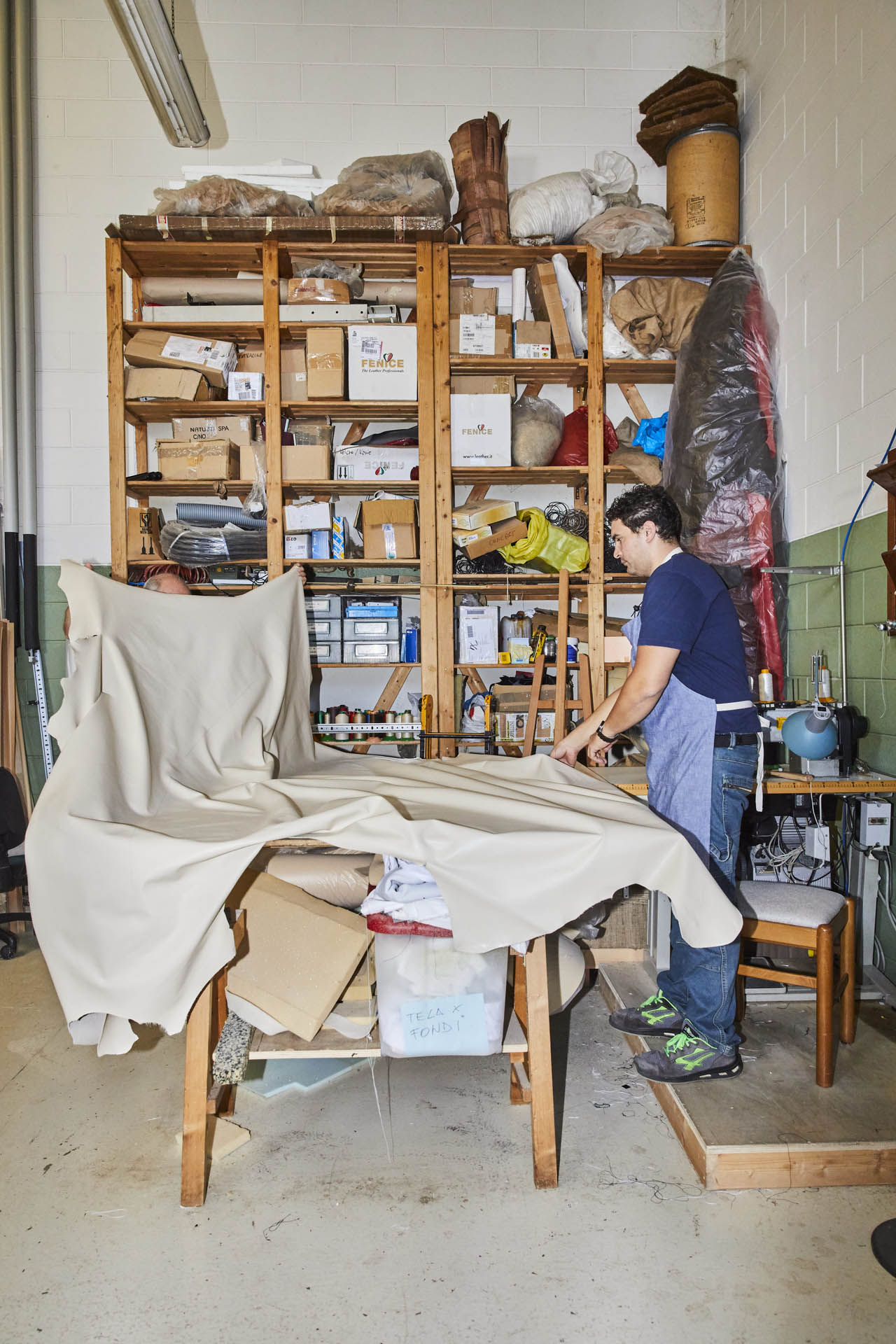
What is the concept behind The Great Design Disaster? We give collectors the chance to step out of the commercial role and, instead, slip into the role of the initiator. In a figurative sense, we transform them into designers or artists. The Great Design Disaster (TGDD) challenges individuals with one question: “You, who can buy great design, can you create one?”
How did the idea come about and what is it created in response to? It began with the simple consideration of the collectible design experience: instead of the voyeuristic act in which artists and artisans show off their creations and collectors passively buy, we are introducing a market based on desires, dreams and creativity. [We are] matching collectors with artisans to create completely original custom design pieces. The pieces created from this process have an individual soul and are the result of the visions and actions of all three players – the collector, TGDD agents and the artisan.
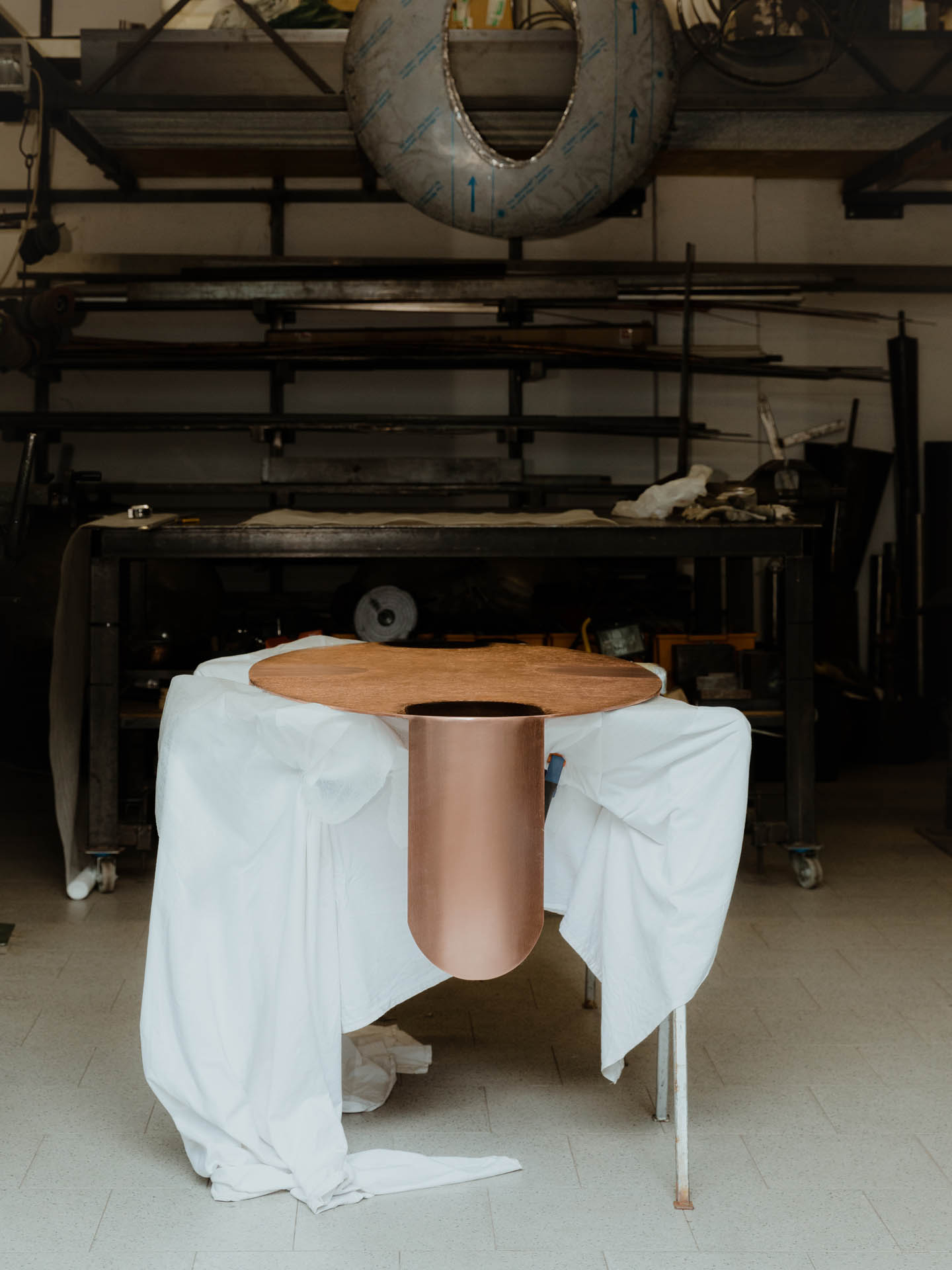
How do yourself and Gregory Gatserelia balance your roles? The sensibility of Gregory toward his clients’ wishes and visions, as well as his ability to build trustworthy relationships with collectors as an art and design consultant, is an essential asset to The Great Design Disaster.
My numerous connections with talented artisans and deep insights into all things related to tailor-made production, as well as business-related skills, were the route to TGDD’s approach. To sum up, he is the creative arm and I am the executive one.
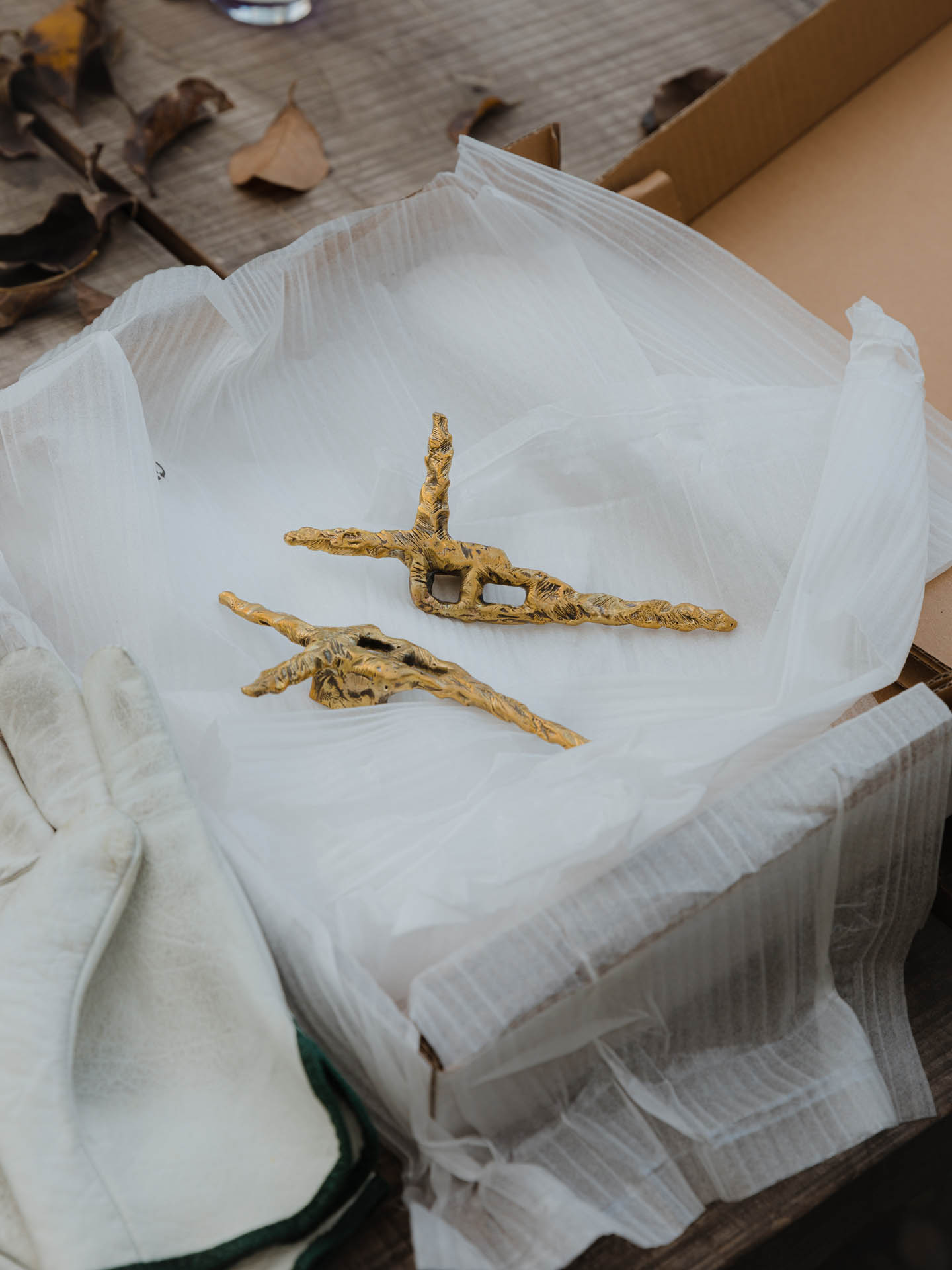
How will TGDD contribute to the contemporary design market? Our world is full of objects that give us ephemeral satisfaction, but modern consumption habits leave us hungry. TGDD introduces a market based on individual desires instead of the traditional structure of supply and demand.
And how will you respond to demand? Why create a million copies of a great design when we can foster the creation of a million great designs, each one a singular vision for the collector who commissions it?
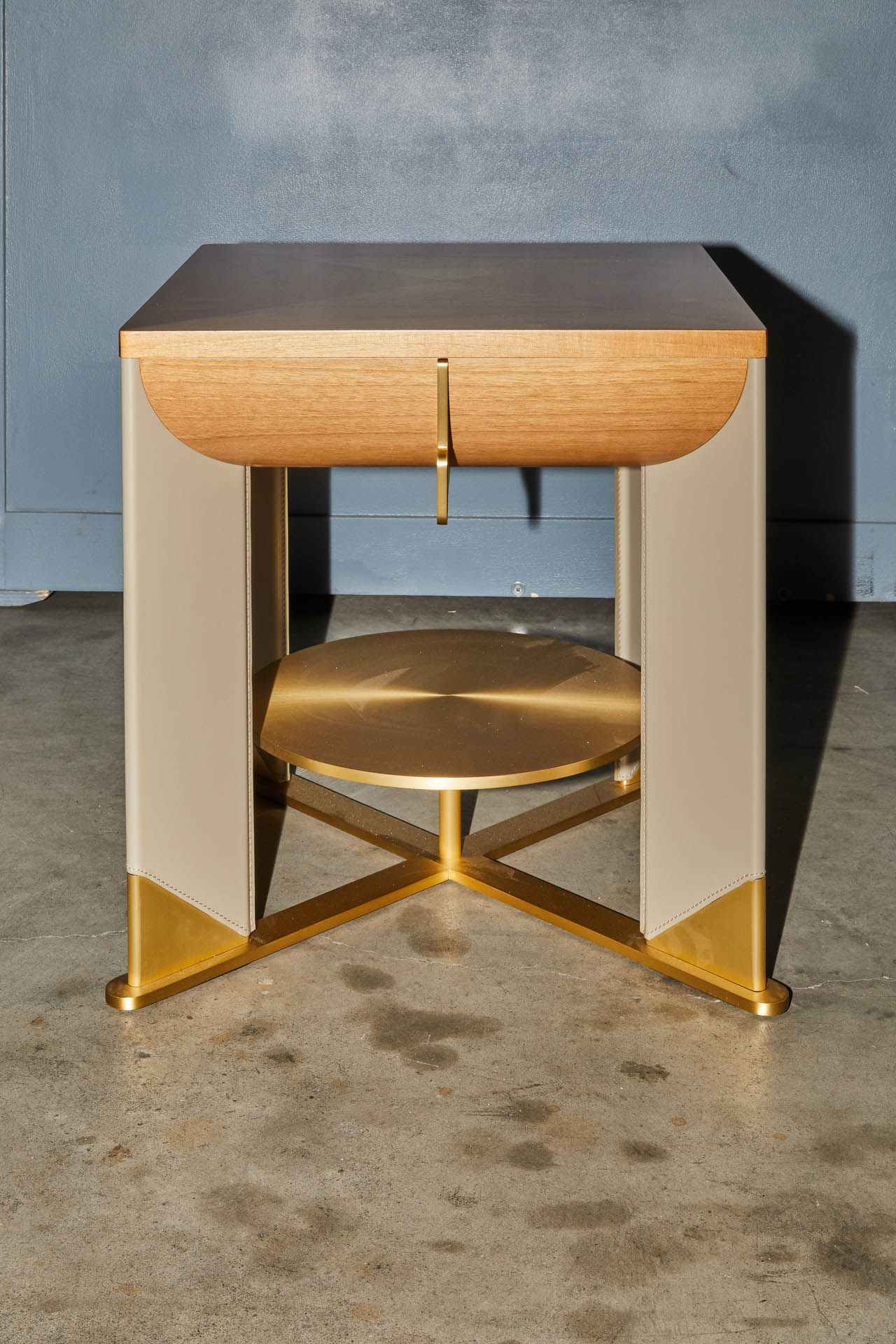
Why was it important for you to go back to an artisanal approach and manner of creating design? The craftsman makes the collector’s dream come true! The collector will be more aware of the value of the hand-made, by literally seeing his creature grow and take shape. It is a very engaging and exciting experience for both [parties].
How does TGDD respond to areas such as luxury and sustainability? TGDD is sustainable. We don’t sell products and we don’t have warehouses; instead, we are agents of creation. The market is saturated, and waste and pollution have reached alarming proportions, so our mission is to invite people to re-evaluate who they are and what they really need. The result will be an expression of themselves.
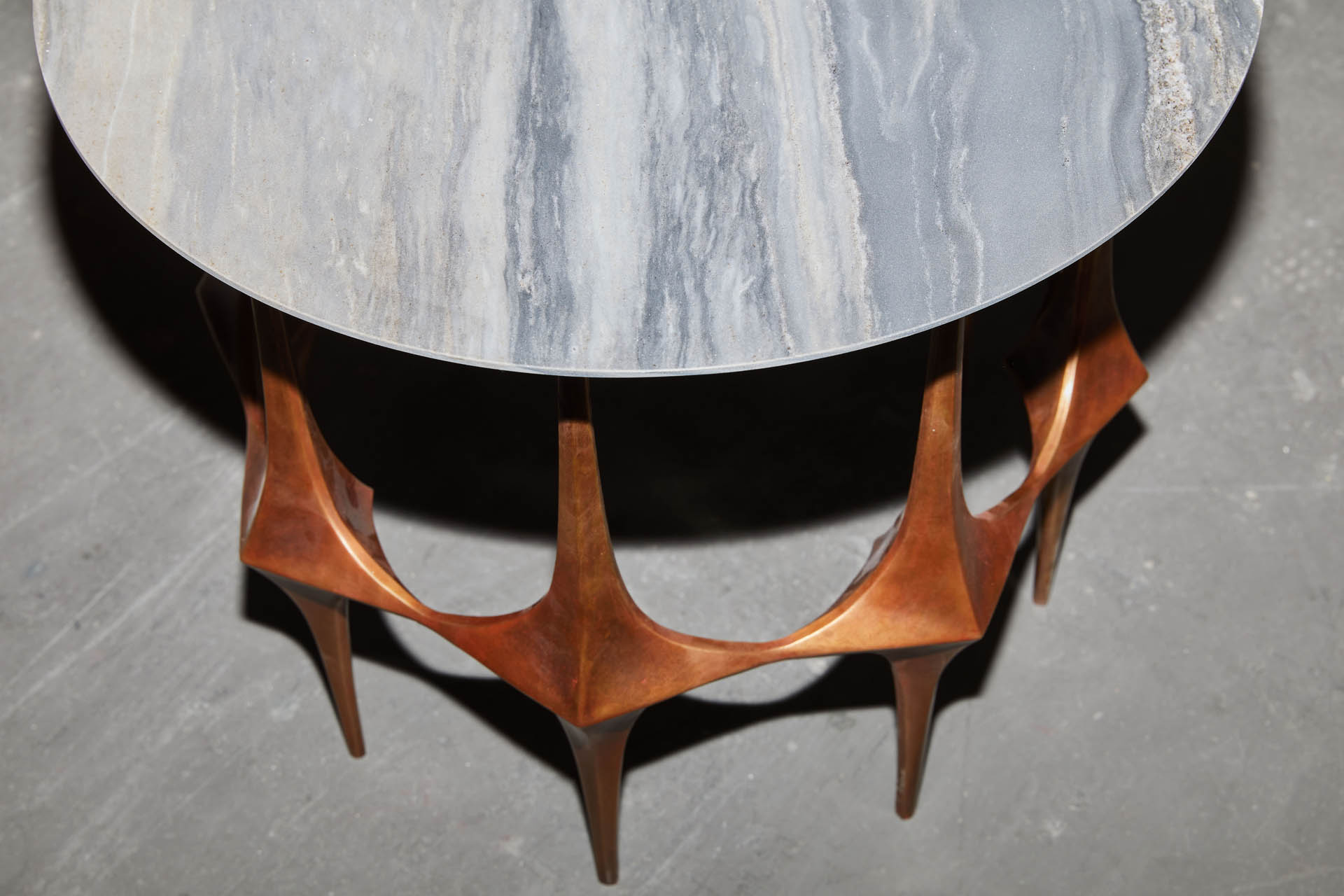
TGDD is also luxury. Our collectors are like the pharaohs and emperors who commissioned unique works to artists and artisans throughout history.
How important is experimentation? I would rather say it is an emotional experience. A TGDD collector waits for his or her piece as a mother waits for her child to be born after all the efforts and the imagination.
The Latest
Past Reveals Future
Maison&Objet Paris returns from 15 to 19 January 2026 under the banner of excellence and savoir-faire
Sensory Design
Designed by Wangan Studio, this avant-garde space, dedicated to care, feels like a contemporary art gallery
Winner’s Panel with IF Hub
identity gathered for a conversation on 'The Art of Design - Curation and Storytelling'.
Building Spaces That Endure
identity hosted a panel in collaboration with GROHE.
Asterite by Roula Salamoun
Capturing a moment of natural order, Asterite gathers elemental fragments into a grounded formation.
Maison Aimée Opens Its New Flagship Showroom
The Dubai-based design house opens its new showroom at the Kia building in Al Quoz.
Crafting Heritage: David and Nicolas on Abu Dhabi’s Equestrian Spaces
Inside the philosophy, collaboration, and vision behind the Equestrian Library and Saddle Workshop.
Contemporary Sensibilities, Historical Context
Mario Tsai takes us behind the making of his iconic piece – the Pagoda
Nebras Aljoaib Unveils a Passage Between Light and Stone
Between raw stone and responsive light, Riyadh steps into a space shaped by memory and momentum.
Reviving Heritage
Qasr Bin Kadsa in Baljurashi, Al-Baha, Saudi Arabia will be restored and reimagined as a boutique heritage hotel
Alserkal x Design Miami: A Cultural Bridge for Collectible Design
Alserkal and Design Miami announce one of a kind collaboration.
Minotticucine Opens its First Luxury Kitchen Showroom in Dubai
The brand will showcase its novelties at the Purity showroom in Dubai

